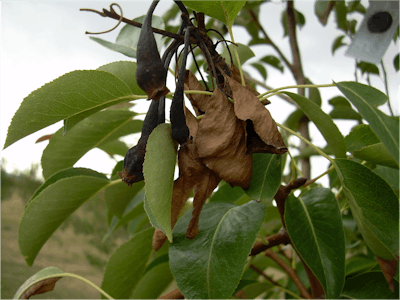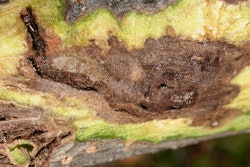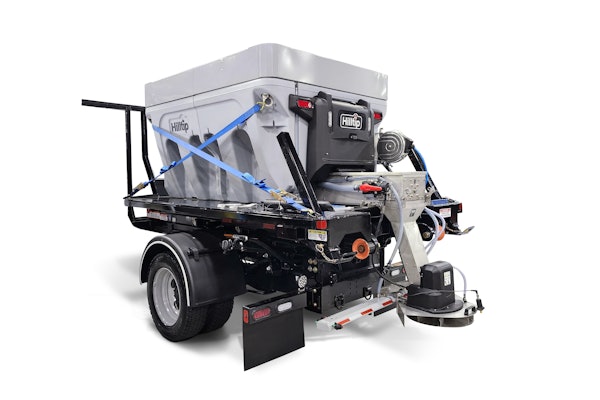 The severity of fire blight varies from year to year depending on the spring weather.
The severity of fire blight varies from year to year depending on the spring weather.Photo: ninjatacoshell
Although researchers say fire blight has been particularly bad for the past couple of years, 2016 could be even worse, according to the director of the University of Georgia Extension Service.
UGA’s Sid Mullis has noted fire blight on a growing number of pear trees, but the disease can affect any of the plants in the Rosaceae family. Apple, crabapple, pyracantha, quince, hawthorn, loquat and cotoneaster are all particularly vulnerable.
The bacteria Erwinia amylovora causes fire blight. The disease spreads in the spring, with blossoms being the most common infection site.
Early symptoms can be seen in the spring once temperatures climb above 60 degrees Fahrenheit and the weather is rainy or humid. Depending on the species of tree, the flowers will turn either black or brown when they wither.
The disease spreads down the tree branch, killing young twigs and larger stems. Fire blight can spread to other trees during wet weather, as the cankers will then ooze, attracting insects that can then go on to spread the disease to other pear and apple trees.
There is no cure for fire blight so infected limbs should be pruned as soon as possible. Mullis suggests cutting 4-6 inches below the symptoms and burning the cankered branches.
Be sure to disinfect your pruning tools after each cut to prevent spreading the disease further. Preventive treatments are no guarantee, but Mullis says that spraying susceptible plants with streptomycin or copper hydroxide every five days during the bloom period may prevent infection.
Certain callery flowering pear cultivars – “Bradford,” “Stonehill,” and “Chanticleer” – are resistant to fire blight. On the other hand, “Aristocrat,” “Capitol,” “Redspire” and “Autumn Blaze” are all susceptible to the disease.
And in any case, Mullis cautions that despite what cultivar the tree is, resistant doesn’t mean immune.









